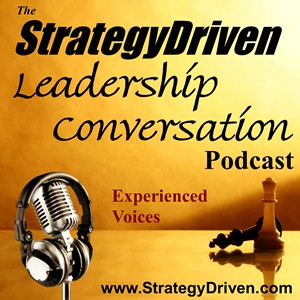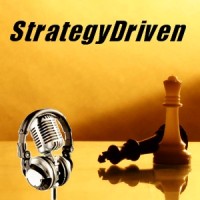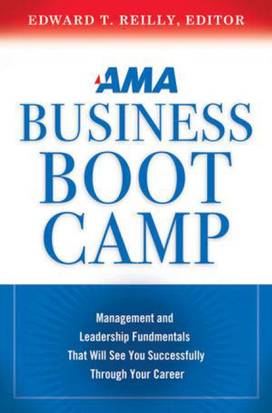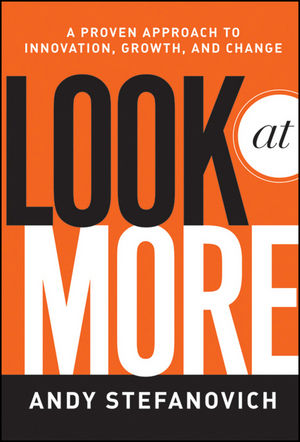StrategyDriven Leadership Conversation Episode 7 – Sixteen Sources of Leadership

Episode 7 – Sixteen Sources of Leadership examines the sixteen leadership practices and how these help individuals at all levels become more effective leaders.
Additional Information
Complimenting the tremendous insights Robert shares in The Offsite
and this leadership conversation podcast, are the additional Leadership Challenge materials and resources found on his website, Leader Inside Out.
Robert has generously made available a document listing the sixteen sources of leadership that can be downloaded by clicking here.
Final Request…
The strength in our community grows with the additional insights brought by our expanding member base. Please consider rating us and sharing your perspectives regarding the StrategyDriven Leadership Conversation podcast on iTunes by clicking here. Sharing your thoughts improves our ranking and helps us attract new listeners which, in turn, helps us grow our community.
Thank you again for listening to the StrategyDriven Leadership Conversation!
About the Author

, is the founder of Applied Performance, a leadership and personal communications services company for entry-level through chief executive officers. For the past 25 years, he has worked with a distinguished group of clients that include AT&T, Hewlett-Packard, Johnson & Johnson, Lockheed Martin, Sony, and Sun Microsystems. To read Robert’s full biography, click here.

Podcast: Play in new window | Download (Duration: 34:12 — 47.1MB)
Subscribe: RSS


 StrategyDriven Podcasts focus on the tools and techniques executives and managers can use to improve their organization’s alignment and accountability to ultimately achieve superior results. These podcasts elaborate on the best practice and warning flag articles on the StrategyDriven website.
StrategyDriven Podcasts focus on the tools and techniques executives and managers can use to improve their organization’s alignment and accountability to ultimately achieve superior results. These podcasts elaborate on the best practice and warning flag articles on the StrategyDriven website.
 Ed Reilly is the 17th President and CEO of the American Management Association International. Prior to joining AMA in 2001, he was Presidetn and CEO of Big Flower Holdings, Inc., a leading provider of integrated marketing and advertising services. He also served as President of the McGraw-Hill Broadcasting Company, among various executive positions during his more than 25 years with The McGraw-Hill Companies. To read Ed’s complete biography,
Ed Reilly is the 17th President and CEO of the American Management Association International. Prior to joining AMA in 2001, he was Presidetn and CEO of Big Flower Holdings, Inc., a leading provider of integrated marketing and advertising services. He also served as President of the McGraw-Hill Broadcasting Company, among various executive positions during his more than 25 years with The McGraw-Hill Companies. To read Ed’s complete biography, 

 “To be happy, we must not be too concerned with others.”
“To be happy, we must not be too concerned with others.”